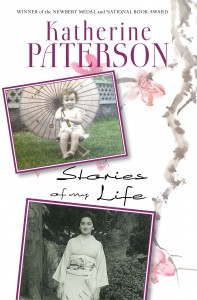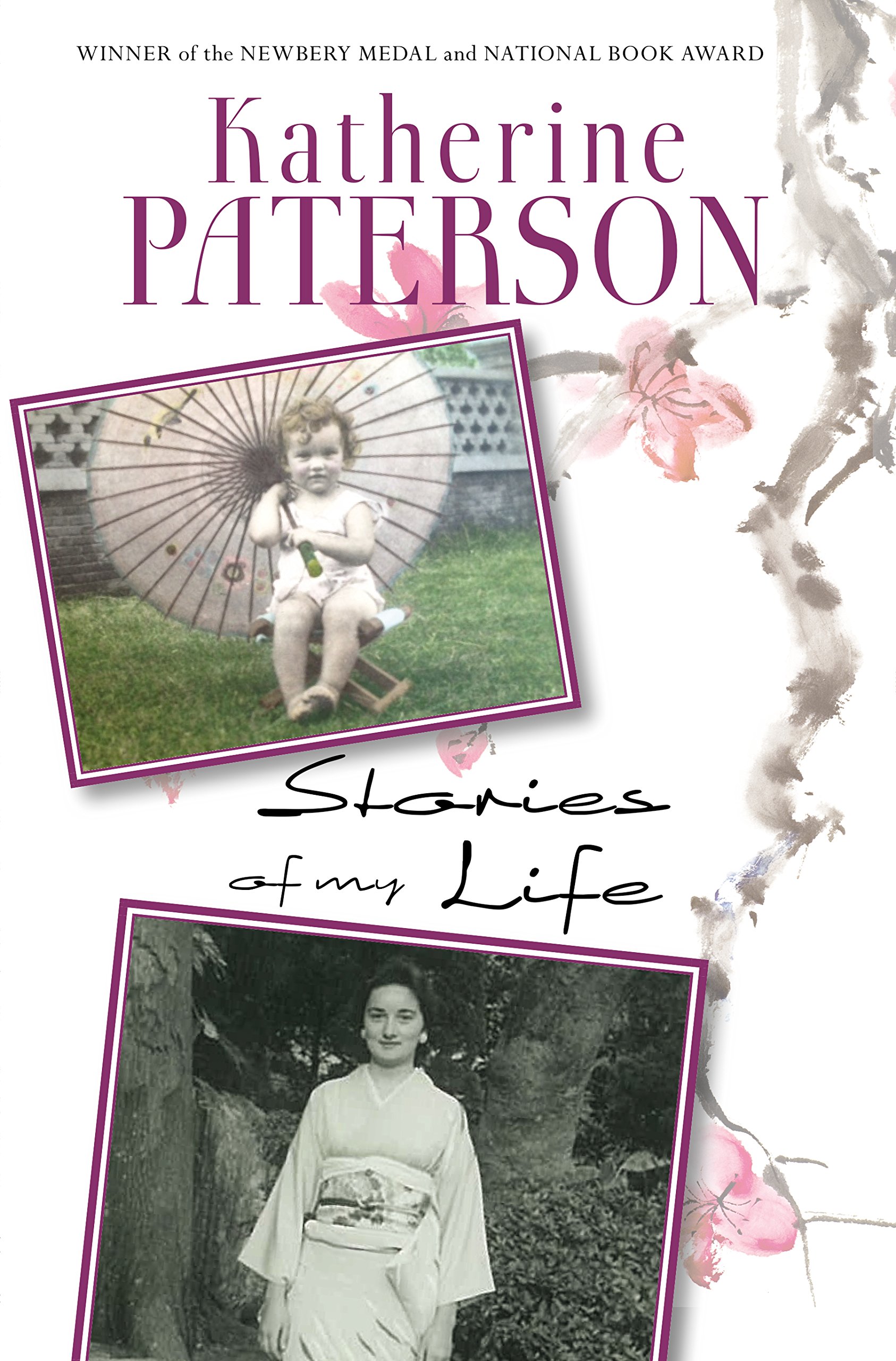Richly personal and nostalgic, Stories of My Life, is an autobiographical collection of what Katherine Paterson calls “kitchen sink stories.” Readers of biography and memoir may choose to read this book, released in October, as will readers who crave knowing the origins of Paterson’s stories and characters. Recalling feelings and remembered events, this award-winning author explains how her life experiences both informed and inspired the stories she has written. Place and character names, settings and circumstances derive from the childhood of a mischievous girl, who was both shy and a show-off.
calls “kitchen sink stories.” Readers of biography and memoir may choose to read this book, released in October, as will readers who crave knowing the origins of Paterson’s stories and characters. Recalling feelings and remembered events, this award-winning author explains how her life experiences both informed and inspired the stories she has written. Place and character names, settings and circumstances derive from the childhood of a mischievous girl, who was both shy and a show-off.
Although this book is being marketed as young adult non-fiction, It will likely appeal to adult readers as well, especially writers, parents, teachers, and missionaries. Paterson recalls a colorful life spent in China, Japan, and along the east coast. Lines like “but every story in the hands of a great storyteller finds new life with every telling” (xi) will likely resonate with writers; “a child’s feelings are always more important than any possession” (26) will ring true with parents; teachers will nod knowingly when they read about Paterson’s distrust in test scores as she faces “the real children, not the ones on paper” (162); and the story of Maud Henderson’s compassion provides a role model to any aspiring missionary.
Because she is a gifted writer, Paterson shares many nuggets from a writer’s life, revealing that “all [of her] books are about the day [she] didn’t get any valentines” (114) and that a story—to be successful—has to have an emotional core. She also reveals the paradox that “you can’t put real people into books. Characters in books have to be believable, and real people . . . are simply not believable” (122). She further describes how writing is therapeutic; many of her books began as a way to work through some enigmatic or disconcerting aspect of her life. For example, when she lived in China, Japan was the enemy, and until she spends four years in Japan, she thought she hated Japanese. But when she stands on the soil, she is forced to confront issues she had denied. When she begins to tell the stories, she addresses the hate, and the ground shifts.
One of my favorite parts of the book is the parental reassurance Paterson provides. Parents tend to berate themselves for their errors, for being less than ideal, but, like Paterson, I have done two things right: I loved my son a lot and I spent hours reading aloud to him. To him, I passed on my love for books.
- Posted by Donna

